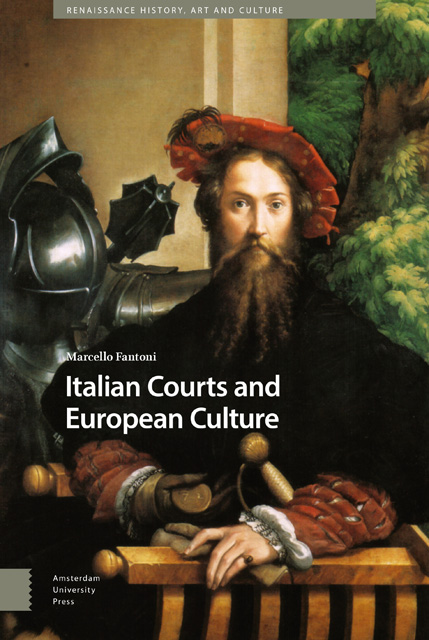Summary
Princesses and Princes
The Europe of the ancien régime was divided both politically and – from the early sixteenth century – religiously, too, but it was also closely bound by contacts and shared features of every kind. Many of these were related to courts and were essentially to do with dynastic relations. This quarrelsome Europe found the premises for its present cultural homogeneousness and future identity in the constant cross-pollination between its court centers and aristocratic classes. There were so many marriage ties between Italian princes and European monarchies that we cannot possibly list them all. Bear in mind that, as this was a patrilocal system, it was always the brides who left their countries of origin to become part of the families of their consorts. For that reason, these mobile women were the means of cultural circulation.
Many young princesses left Italy from the fifteenth to the eighteenth century, taking with them the people, customs, tastes, and objects – the contagion – of their courts of origin. We have already met some of them but let us remind ourselves of the main ones. In 1494, Bianca Maria Sforza (1472–1510), daughter of Galeazzo Maria, became the third wife of Emperor Maximilian I. Bianca Maria would die still young in Innsbruck, after being empress for sixteen years. Beatrice of Aragon (1457–1508), daughter of Ferdinand I of Naples, was second wife of Matthias Corvinus King of Hungary (1476), and their mutual understanding contributed much to spreading the Italian Renaissance. Beatrice would become a queen twice over from her second nuptials (1491) with Vladislaus II, Matthias successor to the throne of Hungary and Bohemia. Bona Sforza (1494–1557), daughter of Gian Galeazzo, was second wife of Sigismund I Jagiellon (1518) Grand Duke of Lithuania and King of Poland. She was Queen Consort of Poland and Grand Duchess for thirty years until Sigismund's death in 1548. She herself was assassinated in Bari in 1557. Catherine de’ Medici (1519–1589), daughter of Lorenzo de’ Medici, Duke of Urbino, was wedded to Henry II of France in 1533, and was Queen for twelve years, experiencing the horrors of the Wars of Religion.
- Type
- Chapter
- Information
- Italian Courts and European Culture , pp. 109 - 134Publisher: Amsterdam University PressPrint publication year: 2022



